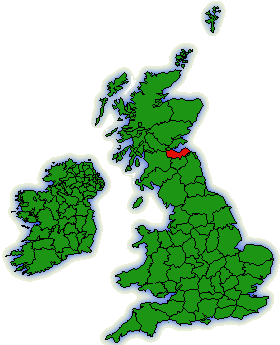
 Sights of Edinburgh
Sights of Edinburgh

The Palace of Holyrood House
|
From an Inn on this site stagecoaches used to leave for London.
Today the Palace is often used as a Royal Residence, and this means that it is sometimes closed to the public at irregular times.
Holyrood Palace is often closed for the royal visit in the middle of May and during the last two weeks of June and the first week of July. 
The bit that the tourists (and few locals) have ever seen.
Mary King's close (close is a short street) is a medieval street that runs under the Royal Mile, the main road of Edinburgh. It leads to caves and cavern's that criss cross under the city. Most were sealed off in 1670's. The ghostly legend is not a recent development - after dark was very much the time for daring High Street bairns in Victorian times to hazard the trip from City Chambers to Cockburn Street by running the gauntlet of Bluidy Mary's restless spirits. The story of Mary King's Close with her wraithes and spirits,has lasted a over two hundred years and is widely known and feared in this part of Scotland.
Mary King's close ran close to the Nor' Loch (North Lake) where in older times the city used to dump its waste, it sat there and stagnated, fed not only by the city's sewage and seepage from the so-called "irrigated gardens" that lay between the last of the houses and the Nor' Loch, but with all of the animal and vegetable waste discarded from the market on its Eastern edge. It was not a loch (Lake) at all, it was a stinking mess that was the perfect place for rats, germs and diseases.
No well-to-do people would go to this part of the town because of the disease and smell, so it became poorer and poorer, and with the town's over crowding it became quite cramped in these lower areas
When England was being swept with the plague the officials of Edinburgh knew that the area's around Nor'Loch would spread disease and possible kill thousands of good citizens so it was decided to close off sections to stop the spread of disease, as all the sections or a close was small and narrow, with only one entrance and exit (often hidden beside building in the high area) lowering gates down to seal the close was easy. Most of the underground city was sealed shut in 1645 containing any plague victims, it is these people who are said to haunt the caves and chambers still today.
  Return to the Fridge door Return to the Fridge door |